Mozambique: Chapo enacts law changing the National Defence and Security Council composition
Prime Minister tells anti-drug office to rationalise – Mozambique

Notícias
Mozambican Prime Minister Carlos Agostinho do Rosario on Friday urged the Central Office for the Fight against Drugs (GCPCD) to rationalise the available resources in order to achieve the key goal of promoting a life style free of drug abuse.
He was speaking to reporters after a meeting with the GCPCD leadership, who complained of the inadequacy of the institution’s budget. The scarcity of resources makes it difficult for the GCPCD to wage any large scale advertising campaign against illicit drugs. In 2017, the GCPCD operated with just 11.7 million meticais (about 192,000 US dollars).
Rosario pointed out that all public institutions face a shortage of funds. He accepted that not much could be done with few resources, but “we told them to rationalise resources, and then they can do a little more”.
According to the latest report from the office, the health authorities say that in 2016 they treated 4,240 people with mental and behavioural disturbances resulting from the consumption of psychotropic substances (i.e. hallucinogenic drugs). Of these patients, 1,238 were in the central province of Sofala, 725 in Maputo province and 414 in Maputo city.
Rosario was concerned that the drug traffickers are targeting young people in particular, and he hoped that the office would act accordingly.
The National Director of the GCPCD, Alfredo Dimande, said that cannabis is the drug most grown and consumed in Mozambique, particularly by people aged between 14 and 35. But he drew a distinction between a peasant who smokes cannabis “in order to obtain more strength for his work” and youths who, supposedly, embark upon crimes after taking the same drug.
The GCPCD is also concerned about alcohol consumption. The report claims that the people who consume most alcohol are aged between 21 and 30.
Thos who seek medical help for drug addiction are also mostly young. Over 50 per cent of those who seek psychiatric or mental health services to deal with their addiction are aged between 26 and 30.
Most of the drug seizures reported by the office are of cannabis (just over 27 tonnes in 2016), followed by hashish (5.56 tonnes).
98.59 kilos of cocaine were seized, 5.53 kilos of heroin, and 2.53 kilos of mandrax. “The volume of seizures is in harmony with the current capacities of the authorities who have committed themselves enormously to the fight against drug trafficking”, the document claimed.
The figures reported for the seizures of hard drugs are pathetically low, given that Mozambique has become a corridor for the transit of illicit drugs. A graphic illustration of this came on 10 February, when police arrested a Zimbabwean at Maputo International Airport in possession of 11 kilos of heroin hidden in the false bottom of her suitcase. This was more than twice the amount of heroin seized in the entire country in 2016.
The report also said that in 2016 the police arrested 153 people for consuming illicit drugs and 176 for drug trafficking.


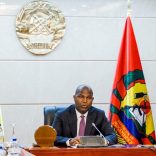




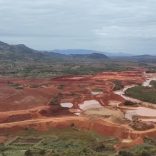
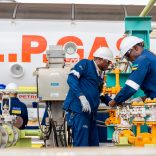

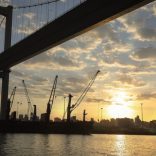
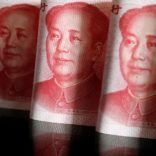
Leave a Reply
Be the First to Comment!
You must be logged in to post a comment.
You must be logged in to post a comment.